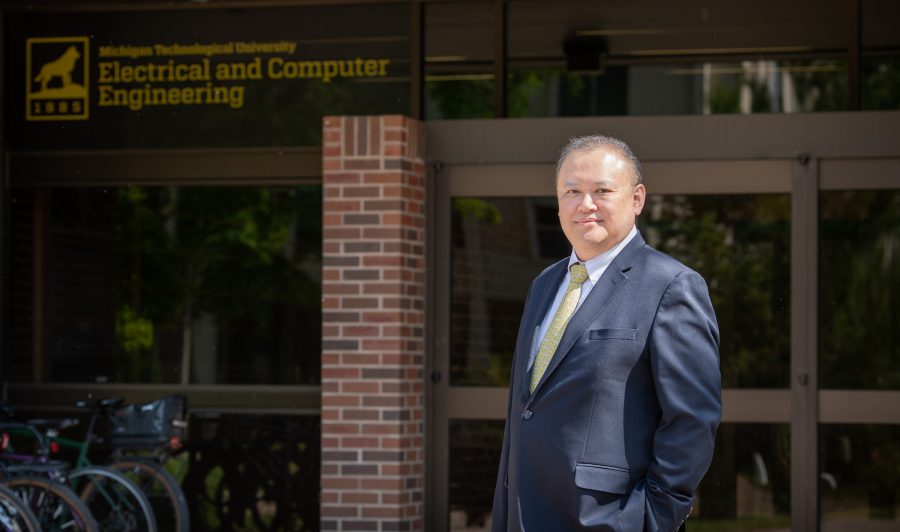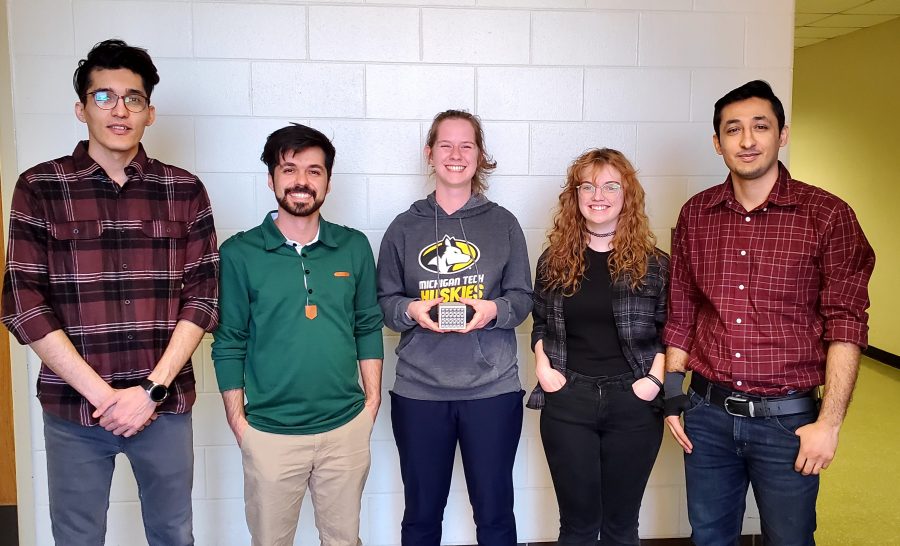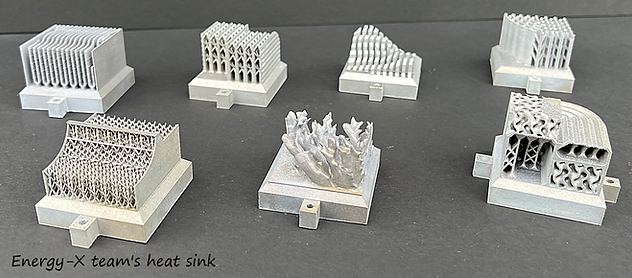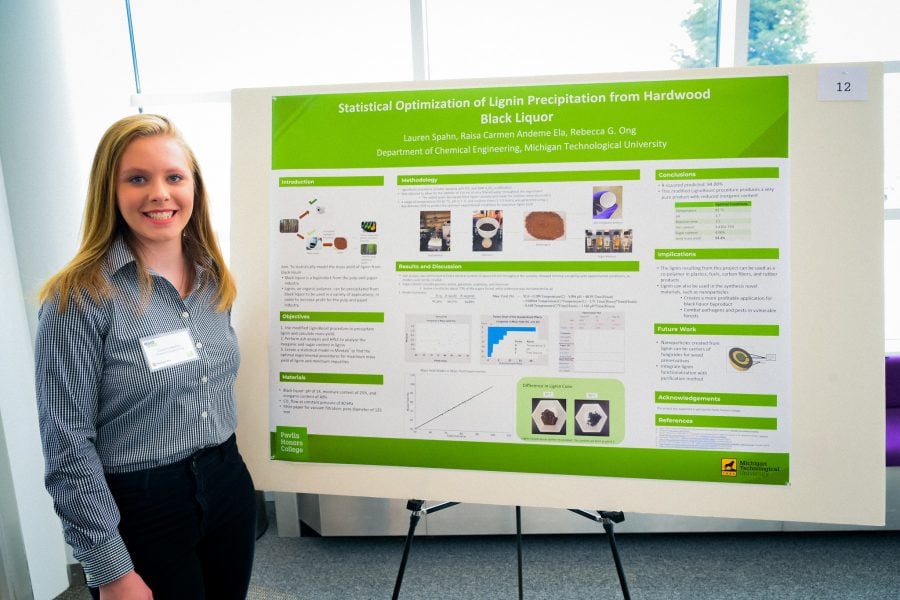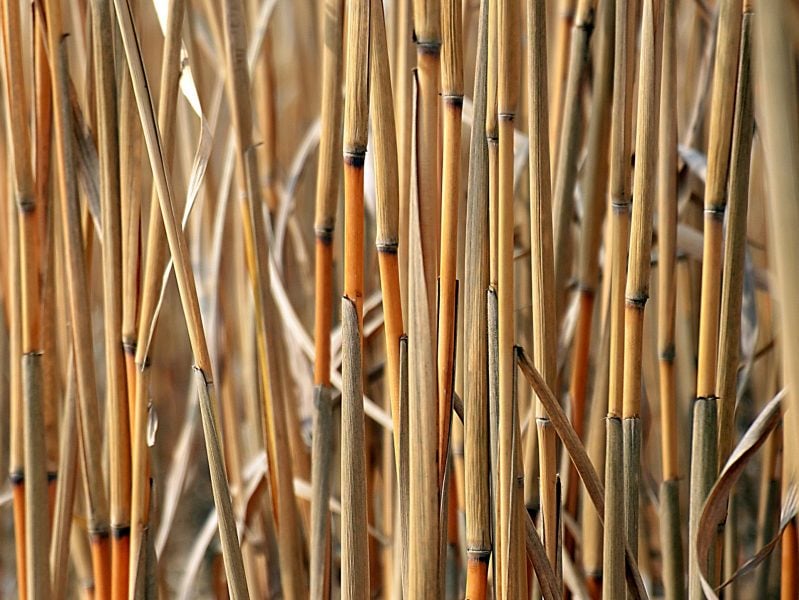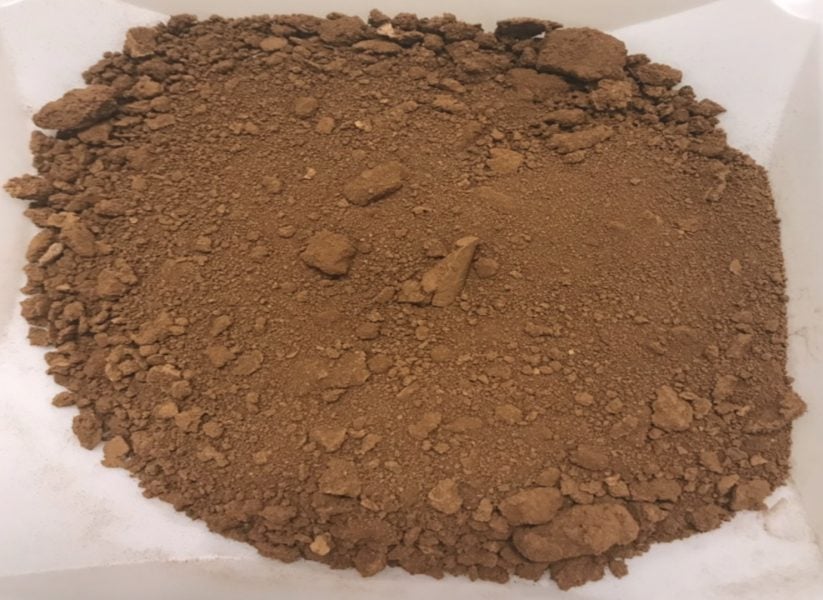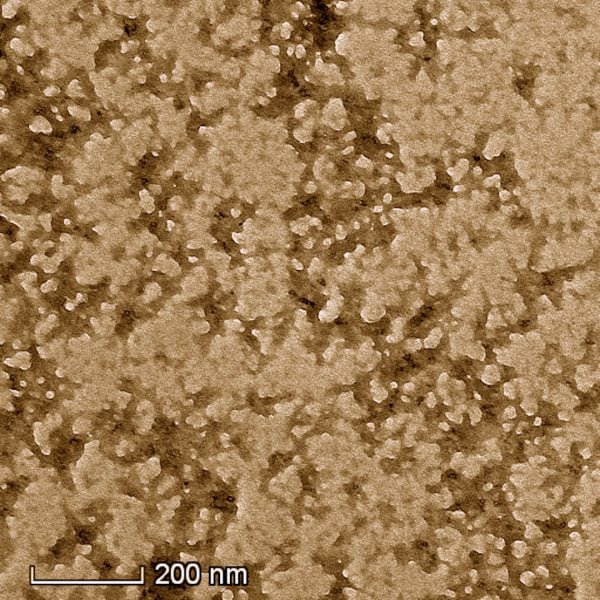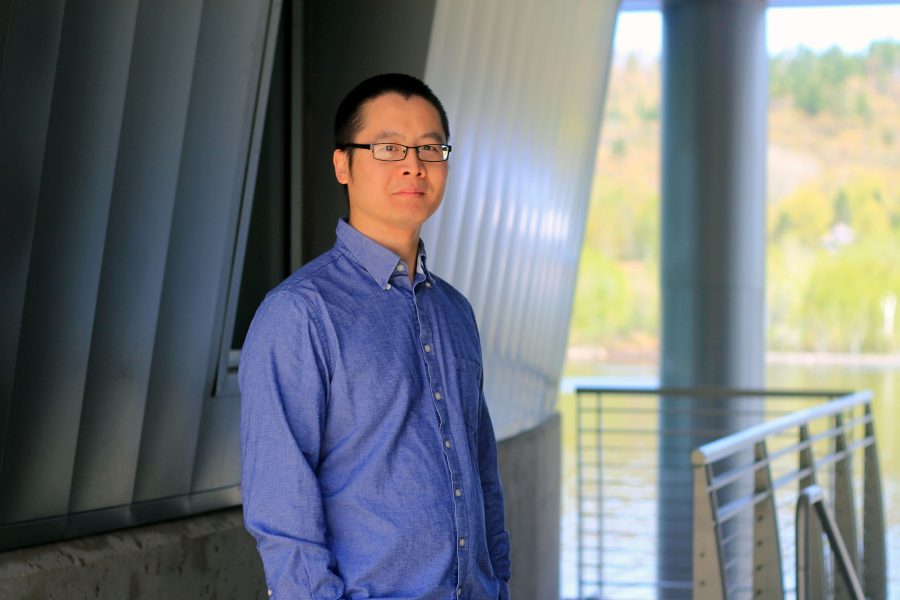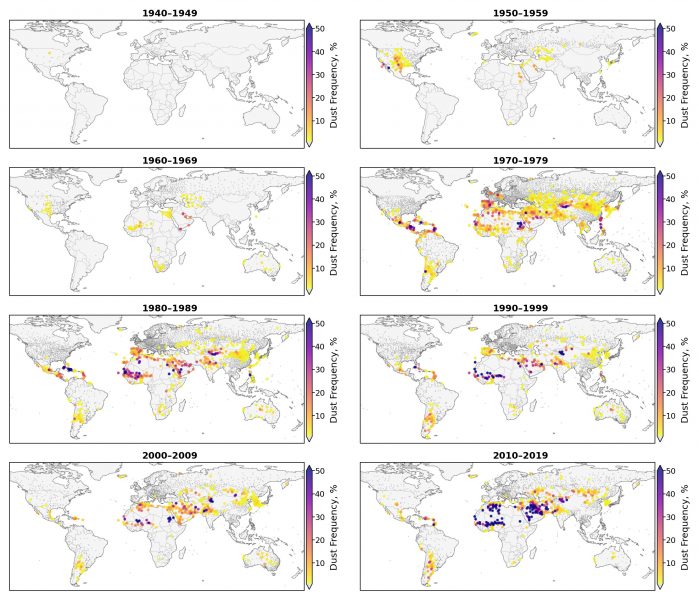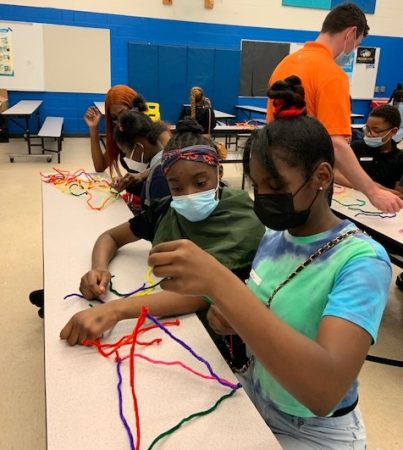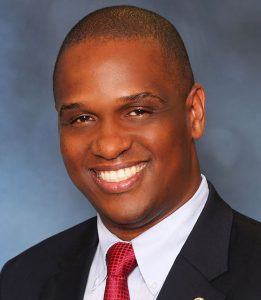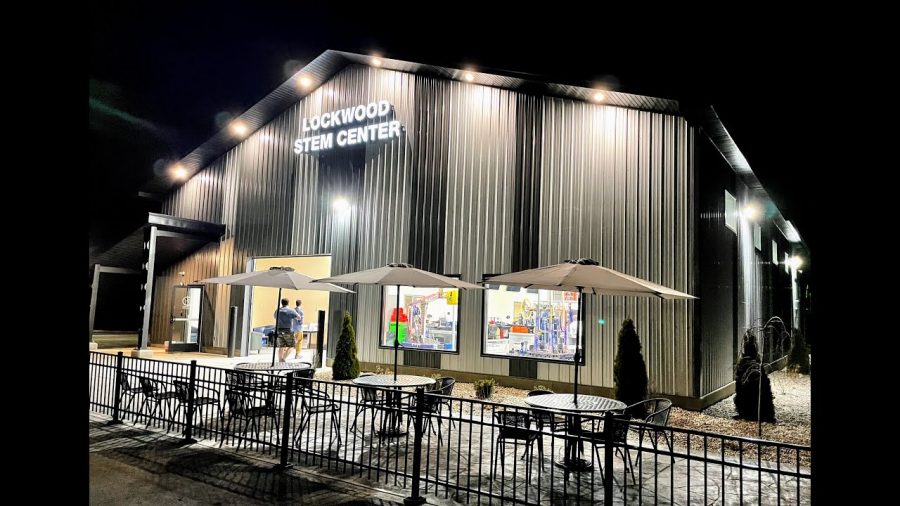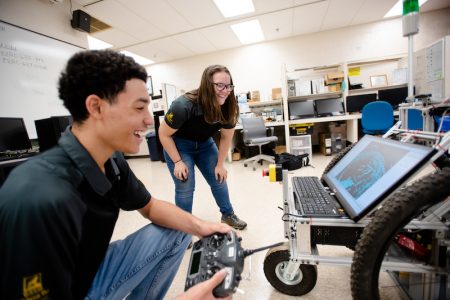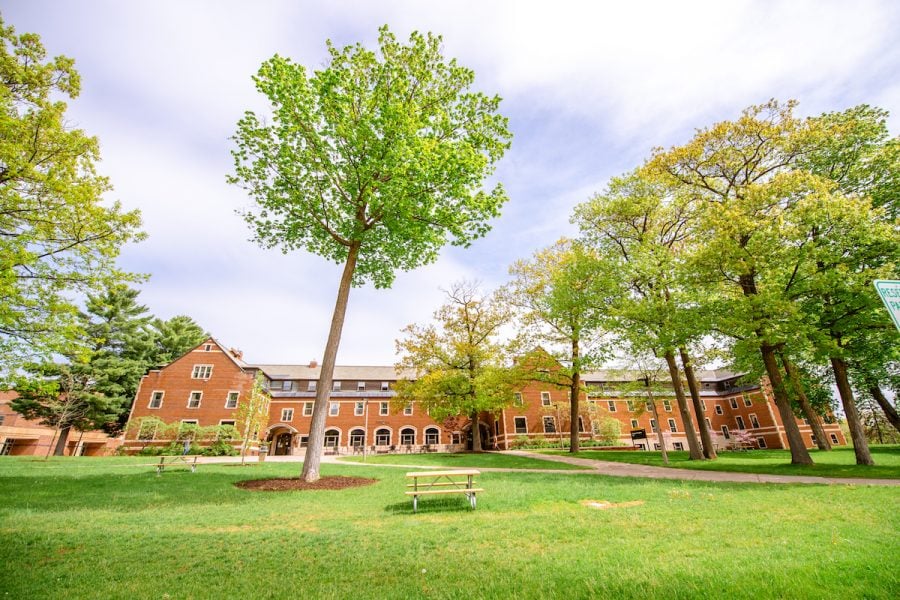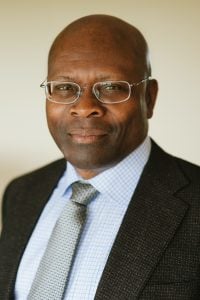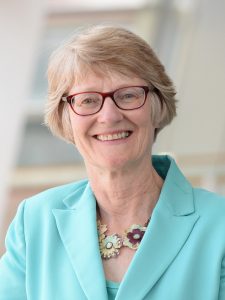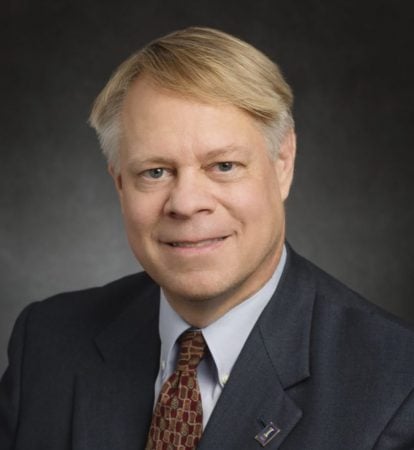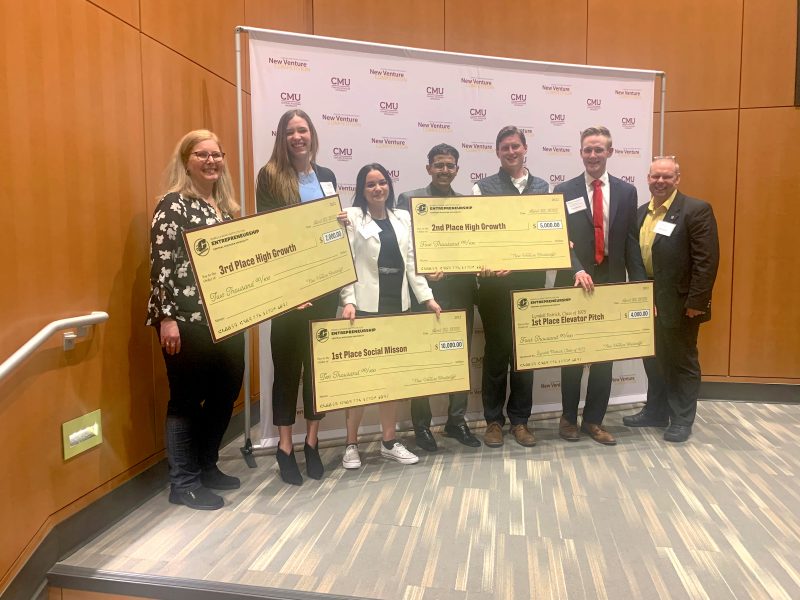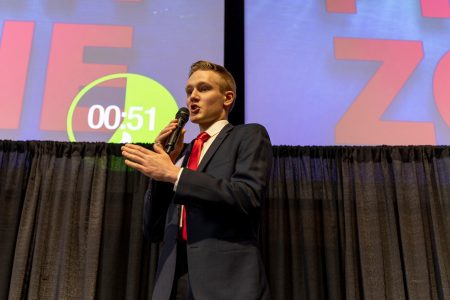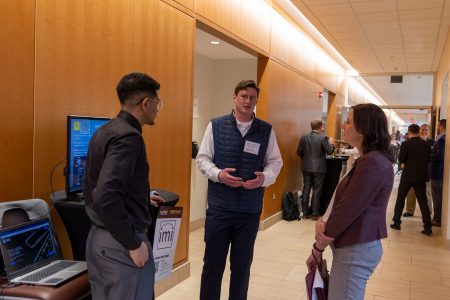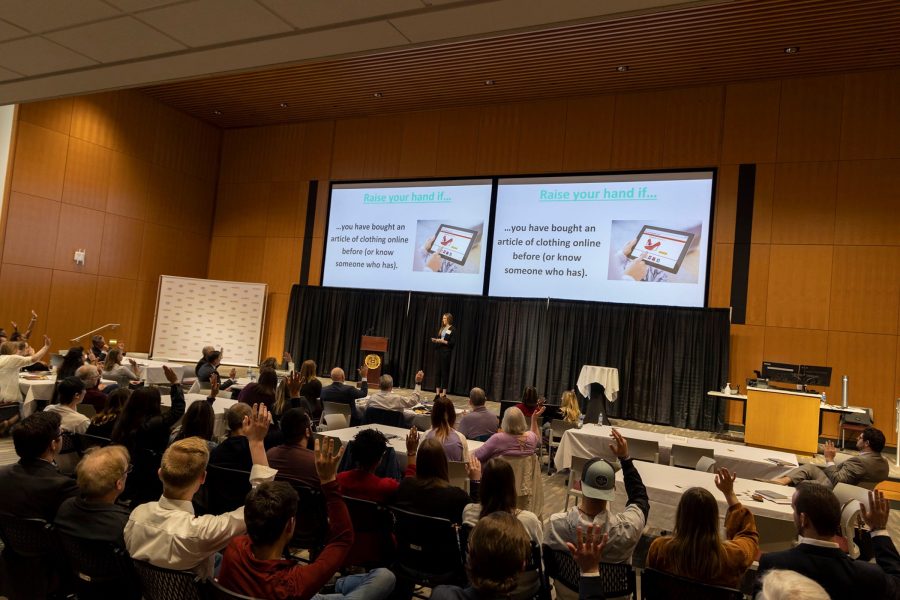
Today at Michigan Technological University, it feels like the end of an era.
But for Dr. William W. Predebon, J.S. Endowed Department Chair and Professor, it is the beginning of something absolutely new. Dr. Predebon will retire today after 25 years as the chair of the Department of Mechanical Engineering-Engineering Mechanics, and nearly 47 years at Michigan Tech.
“As I look back on all those years as department chair, I want to acknowledge that the progress we made was on the shoulders of those that came before us and the great faculty, staff, students and alumni who have been a part of this journey with me,” he says.
“If there was a hall-of-fame for mechanical engineering department chairs, Bill would get in on the first ballot,” says Greg Odegard, the John O. Hallquist Endowed Chair in Computational Mechanics. “Bill is a tremendous mentor. He worked hard to help young faculty develop into world-class researchers and teachers. He has a very calm, non-dramatic approach to leadership. He is simply honest and straight-forward.”
Under Predebon’s respectful and brilliant watch, the ME-EM department made great strides in conducting interdisciplinary research, growing the doctoral program, expanding research funding, and updating the curriculum and laboratories. He also brought diversity to both the faculty and student body.
Predebon joined the Department of Mechanical Engineering-Engineering Mechanics at Michigan Tech in 1976. He served as the department’s director of graduate studies, and then, in 1997 he became chair of the department.
“The world is changing, and we need to respond to its challenges and opportunities.”
“I’ve been fortunate to work with Bill on many projects over the past 25 years,” says Gordon Parker, the John and Cathi Drake Endowed Chair in Mechanical Engineering. “Bill brought a level of positivity that exceeded the circumstances in every case. This, along with his unwavering focus and kindness, resulted in success.”
“Bill has had a profound and lasting impact on the careers of many students, faculty, and staff,” adds Parker. “He’s a ‘true believer’ in Michigan Tech and the people that define it.”
“Bill made great effort on the development and retention of minority and women faculty members,” says ME-EM Professor Bo Chen. “When I joined Michigan Tech, he assigned two mentors for me, including a woman mentor. Bill has always been supportive of my teaching and research. He always tried his best to accommodate my requests for teaching assistants and research space. I greatly appreciate his help on my career journey at Michigan Tech.”
“Bill is the reason I came to Michigan Tech, and the reason I am still here today,” says Brad King, Richard and Elizabeth Henes Endowed Professor of Space Systems. “When I interviewed 22 years ago, Bill convinced me of his vision to broaden MEEM into new areas, which could include aerospace, and I jumped at the chance to be a part of that change.”
“True to his word, Bill always made room for new ideas and encouraged and rewarded innovation,” adds King. “As a result, there are now hundreds of Michigan Tech alumni in leadership positions within the commercial and government space industry, one Michigan Tech satellite orbiting the Earth, and two more in development. Just last week I saw a commuter bus driving around Houghton with a big satellite graphic on the side. Because of Bill, space and satellites are now an integral part of Michigan Tech’s identity.”
“By hiring talented faculty and staff, together with our great students, our generous and supportive alumni, and with the support of the university administration, we have been able to innovate, push boundaries, be creative, take risks, and be entrepreneurs,” Predebon says.
Over the past 10 years he led the ME-EM Department to rapidly evolve its educational methods, infusing into undergraduate and graduate curriculum the knowledge and critical skills to use big data, machine learning and artificial intelligence in the solution of engineering design problems.
“Bill is the master of the long game.”
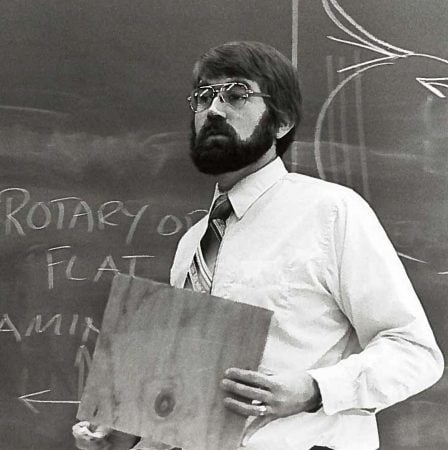
Predebon grew up in New Jersey, then earned his bachelor’s degree from the University of Notre Dame in 1965 and his master’s and doctorate from Iowa State University in 1968 and 1970, respectively. After he graduated, Predebon held summer appointments at Argonne National Laboratory, Southwest Research Institute, and Honeywell Inc./Alliant Techsystems Inc.
Predebon’s research in ceramics, computational modeling and simulation of impact phenomena, and explosive fragmentation has involved experimental, analytical, and computational elements and has been supported by the National Science Foundation, the Department of Defense, and other government agencies and industrial partners. He has over forty publications and two US patents.
A Fellow of the American Society of Mechanical Engineers (ASME), Predebon has received numerous honors, including the Outstanding Service Award for his work with the student chapter of the Society of Automotive Engineers. At Michigan Tech he earned the first annual Martin Luther King Award by Michigan Tech’s Black Student Organizations; and the Michigan Tech Distinguished Teaching Award. He received the Distinguished Faculty Award from the Michigan Association of Governing Boards of Colleges, and the Michigan Tech Honorary Alumni Award. He also gained membership in Michigan Tech’s Academy of Teaching Excellence.
In 2015 Predebon was recipient of the Michigan Tech Diversity Award, which recognizes the accomplishments of a faculty or staff member who contributes to diversity and inclusion through exemplary leadership and actions. Predebon stood out for his long-term persistence in working on issues of diversity.
“Bill has been known for his willingness to try out-of-the-box strategies for recruiting underrepresented minorities and female faculty and students,” said Carl Anderson, ME-EM professor emeritus and former associate dean of research in the College of Engineering. “He recognized the importance of a diverse workforce well before it became part of the common expectation of a department chair. He led the way.”
“My observations, from over 20 years of Dr. Bill Predebon’s leadership:
Passionate
Resourceful
Enthusiastic
Dedicated
Energetic
Balanced
Optimistic
Notable
Predebon also led efforts to create the Michigan Tech Learning Resource Center for Self-Paced Programmed Instruction, the ME-EM Engineering Learning Center, as well as a distance learning doctorate degree in mechanical engineering, and a Design Engineer Certificate program with General Motors in 2000. More than six hundred GM employees earned the certificate.
In 2010 Predebon started a Peace Corps Master’s International program in mechanical engineering at Michigan Tech, the first and only one of its kind in the nation.
Predebon is a captain in the US Army Reserves and is a member of four honor societies: Tau Beta Pi (engineering), Phi Kappa Phi (academic excellence), Omicron Delta Kappa (leadership), and Theta Tau (engineering).
In 2019 he was inducted into the Pan American Academy of Engineering, which brings together engineers from across the continent of North America, South America and Mexico—a total of 18 countries.
At Michigan Tech he advised both the Nordic and Alpine ski teams and Delta Sigma Phi fraternity, and chaired building committees for both the Dow Environmental Sciences and Engineering Building and the Great Lakes Research Center.
“The ME-EM department and Michigan Tech are better as a result of Bill’s hard efforts. I only wish I had an opportunity to be one of his students!”
So what are Dr. Predebon’s next steps after retirement? He plans to keep working—this time in development and outreach activities for Michigan Tech, as a Professor and Chair Emeritus.
“Bill is a pioneer at Michigan Tech in advancement. He showed the university how it could be done successfully,” notes Parker.
And Dr. Predebon just might journey with his family to Italy at some point, in order to meet relatives there for the very first time.
“ I thank all of you from the bottom of my heart.
